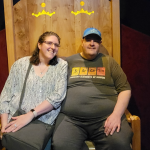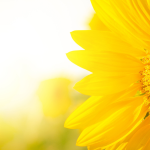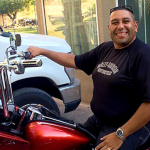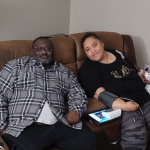Failing Kidneys, Never Failing Her Kid: Tira’s Take on Motherhood and End Stage Kidney Disease (ESKD)
“She knew mommy wasn’t at her best, but that mommy would always do her best.”
If one statement could sum up what it’s like to raise a child while dealing with ESKD, this might be it. These are the words of Tira – a mom from Tulsa who sometimes lacked the energy a school-age child requires, but always tried her hardest, no matter what.
Tira and Kayli’s bond began with trauma – for both. While pregnant, Tira was diagnosed with gestational diabetes, and Kayli was born prematurely. Following an extended hospital stay, round-the-clock care, and lots of prayers, they went home on Thanksgiving Day 1996.
“We had to have her on a monitor at night,” says Tira, recalling her days as the new mother of an extra fragile infant. “That was very scary, always making sure she was breathing and alert. We had to do that for about a month, and then she started progressing and getting stronger.”
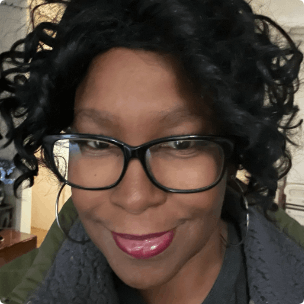
While Kayli’s health improved, Tira’s worsened. Doctors said it would be a year before she needed to act, but just months later she was prescribed in-center hemodialysis (ICHD). It was overwhelming at first. As one of the youngest patients at the clinic, Tira felt like she didn’t belong. She also had to balance caring for herself, her home, and Kayli.
“I was exhausted getting off that dialysis machine,” Tira says. “But being so young, I just continued doing what I needed to do; cook meals, do laundry, read bedtime stories. My husband Maurice was working three jobs to take care of this family, so I had to be hands on. I had to be there for the baby.”
For 10 years, Tira managed motherhood, her home, and three weekly trips to the dialysis clinic. It was difficult, but with her family, friends, care team, and church – and Tira’s “never quit” spirit – she and Maurice made it work.
Then in 2007 she received a kidney transplant and a fresh start. She did more with Kayli, went back to work, and lived a fairly normal life. Unfortunately, her new kidney failed after three years, sending her back in-center. Losing that kidney was bad news. But shortly after she started ICHD again, a nurse offered something promising – home hemodialysis (HHD) with a NxStage® system.
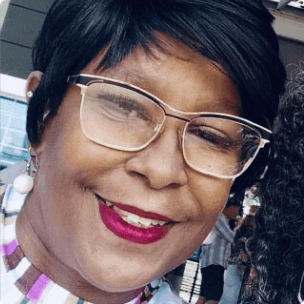
Tira had never heard of HHD but thought it was worth a try. She and Maurice trained together, sometimes on the tail end of his graveyard shift. Several weeks later, Tira started dialysis at home and quickly “got back to transplant energy levels,” she said. She became assistant coach of Kayli’s basketball team and took a job with an insurance company.
In 2012, following two years of HHD success, Tira was blessed with another transplant. That began a 10-year span of good health and good times for her and her family. She felt amazing and was excited to be off dialysis. When COVID-19 came along, she wore a mask and did everything possible to avoid the virus. Though she made it through the worst years of the pandemic unscathed, Tira was infected while at work. Before long, she was feeling sick – very sick.
“First my head started hurting and then I couldn’t breathe,” she remembers. “It felt like there was something heavy on my chest. I didn’t know it yet, but I had COVID, and my kidneys were shutting down.” After being admitted to the hospital, doctors told Tira she’d lost her kidney function (for the third time in her life) and would need dialysis again. “To the doctor’s surprise, I took it well,” she says calmly. “I told him ‘I’ve been on this journey already.’”
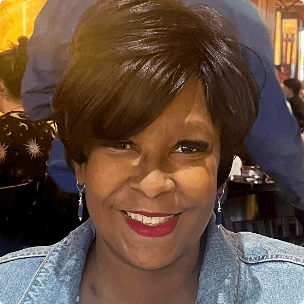
Tira is back on HHD and thrilled with the advancements and functionality that weren’t available in 2010. She can do solo therapy now! Solo HHD was made available in 2017, when the NxStage systems became the first and only hemodialysis machines cleared in the US for HHD without a care partner, during waking hours. She also loves using the Pureflow™ SL instead of pre-mixed bagged dialysate (when treating at home) and says the Express Fluid Warmer makes therapy more comfortable.
As she prepares and hopes for another transplant, Tira says she’s thankful that HHD helps keep her healthy and energetic. She loves to cook and entertain, and she and Maurice have joined a bowling league, which recently sent them to a tournament in Reno (along with her NxStage Versi®HD system). She credits her many supporters for her progress, and points to faith in God as a major source of encouragement and perseverance.
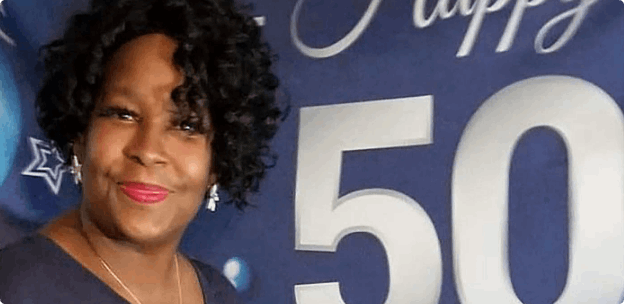
“You’re taking control of the dialysis, dialysis isn’t taking control of you,” she says. “It’s a way of having that normalcy and freedom. Freedom to be with your family and your kids.”
Meanwhile Tira and Kayli, who started this journey together, are as close as ever. Kayli lives at home “to be there for mom,” and often texts Tira from work to check in. “We have a great relationship,” says Tira. For other mothers juggling dialysis and parenthood, Tira believes HHD may be able to help them achieve a better balance.
Home hemodialysis with NxStage systems involves risks, and you may not experience the potential benefits of such therapy. NxStage systems require a prescription for use. If a doctor prescribes “solo/independent” home hemodialysis without a care partner during waking hours, risks of significant injury or death increase because no one is present to help users respond to health emergencies. If users experience needles coming out, blood loss, or very low blood pressure during solo home hemodialysis, they may lose consciousness or become physically unable to correct the health emergency. Users will need additional ancillary devices and training to perform solo home hemodialysis.


